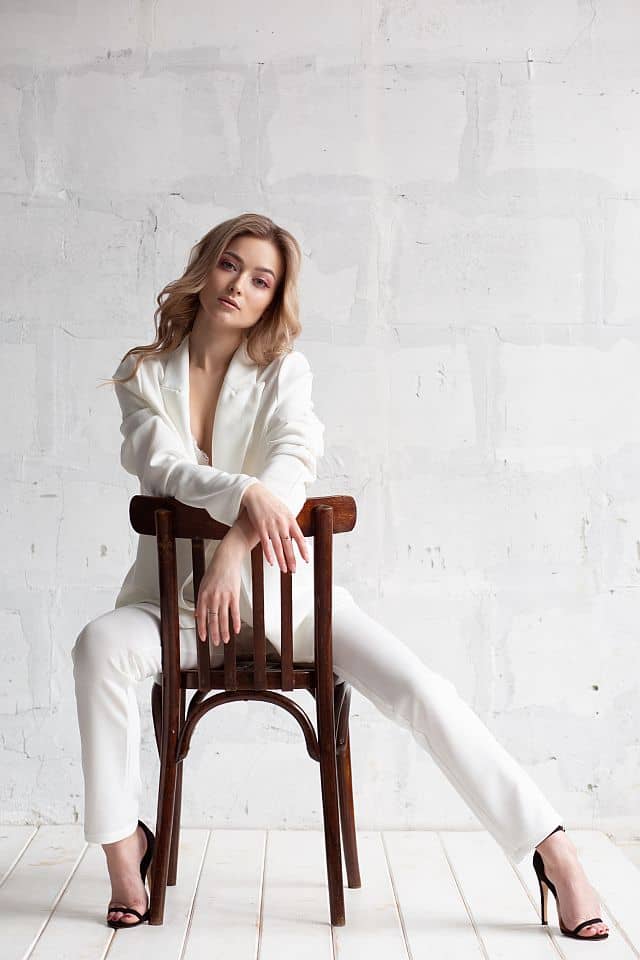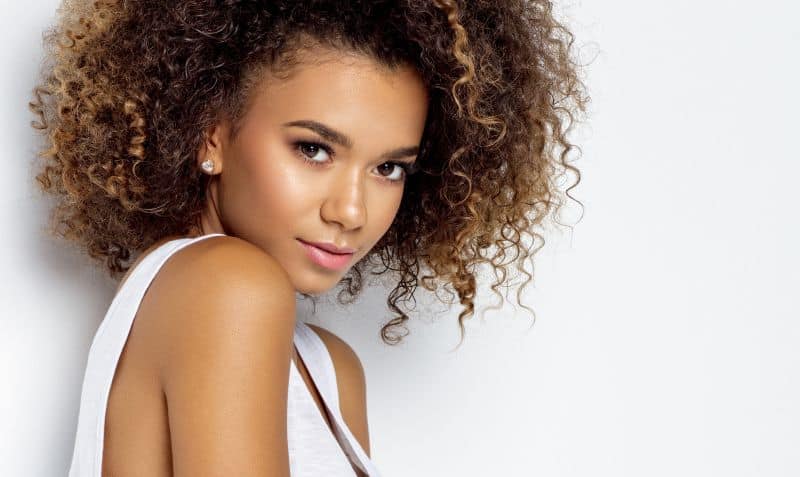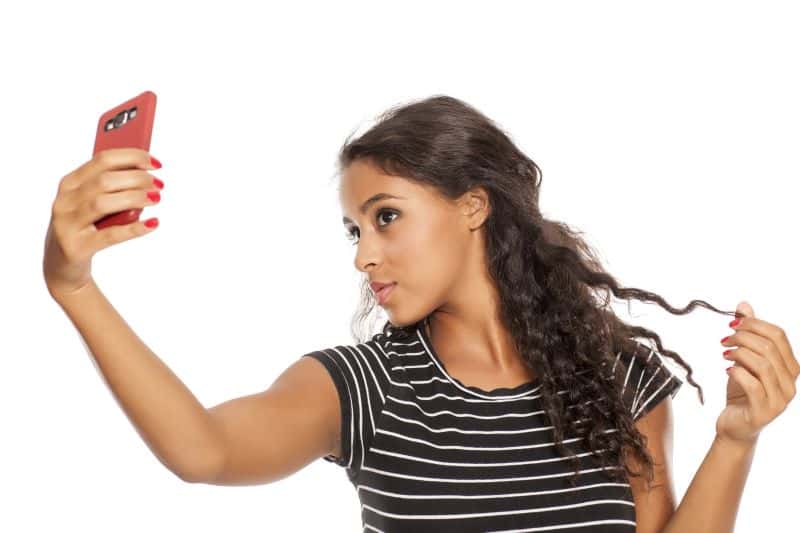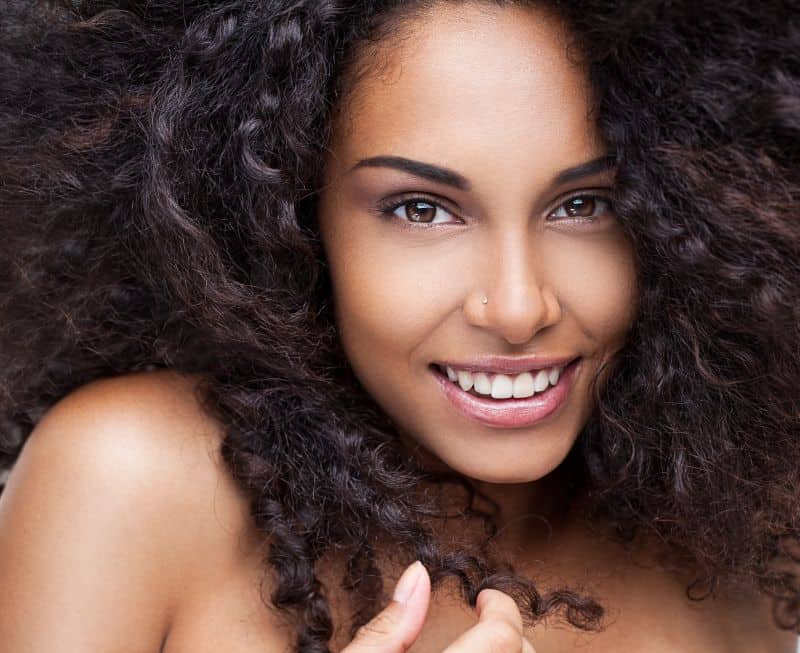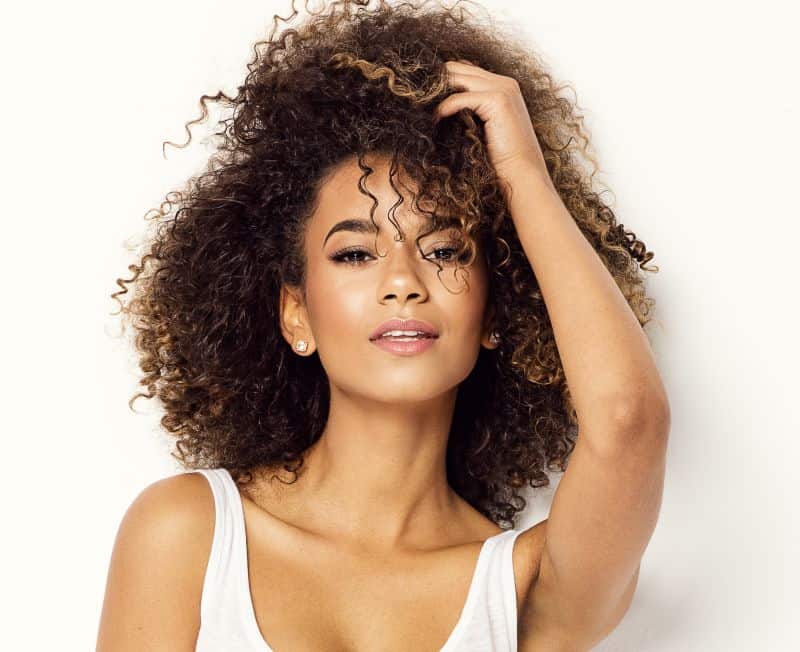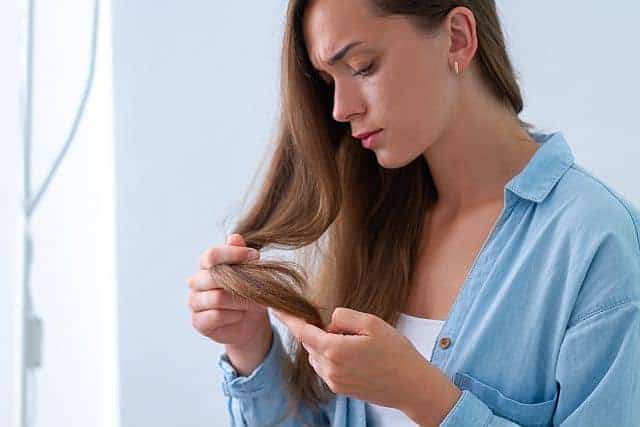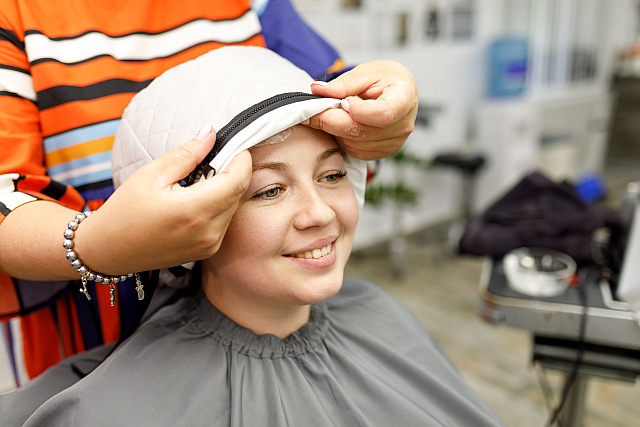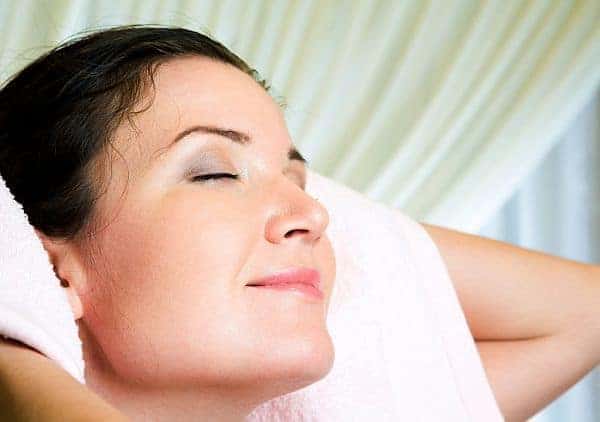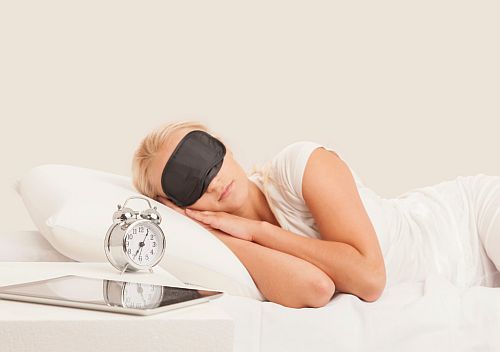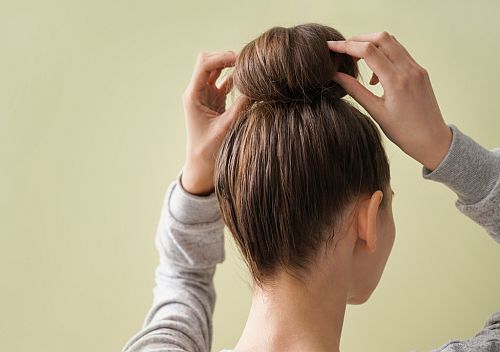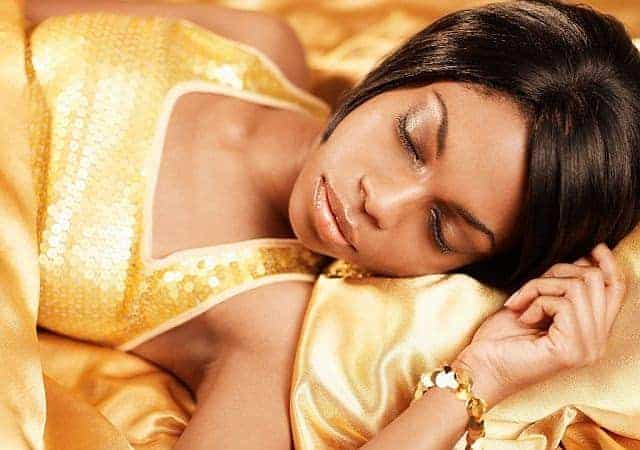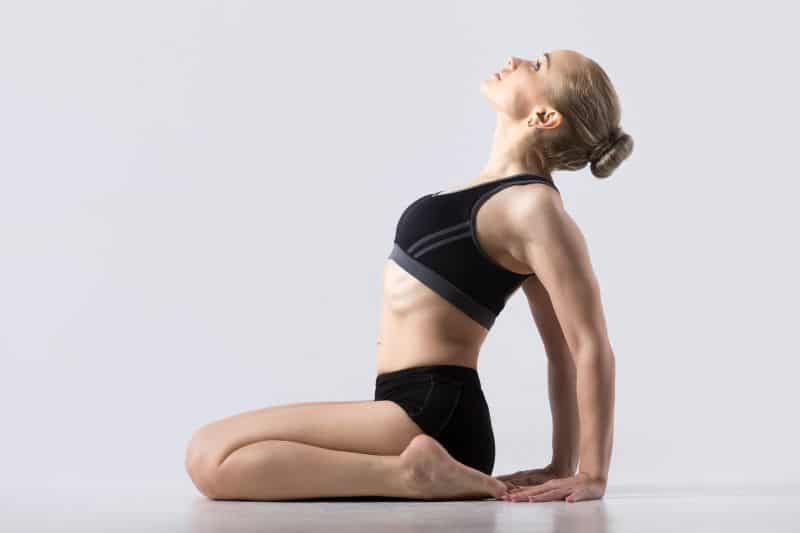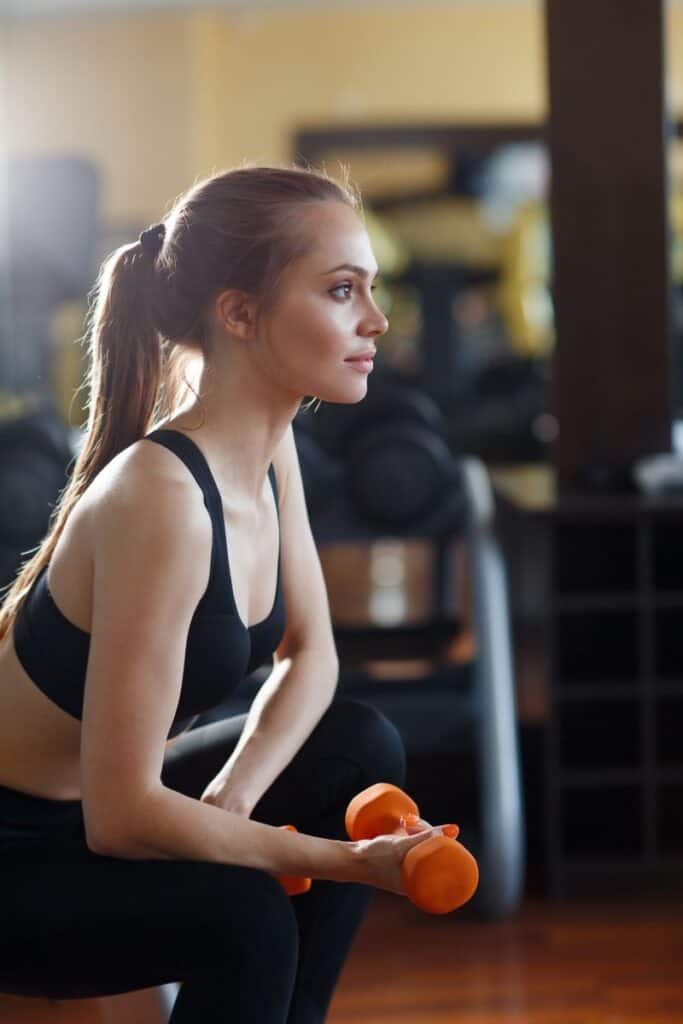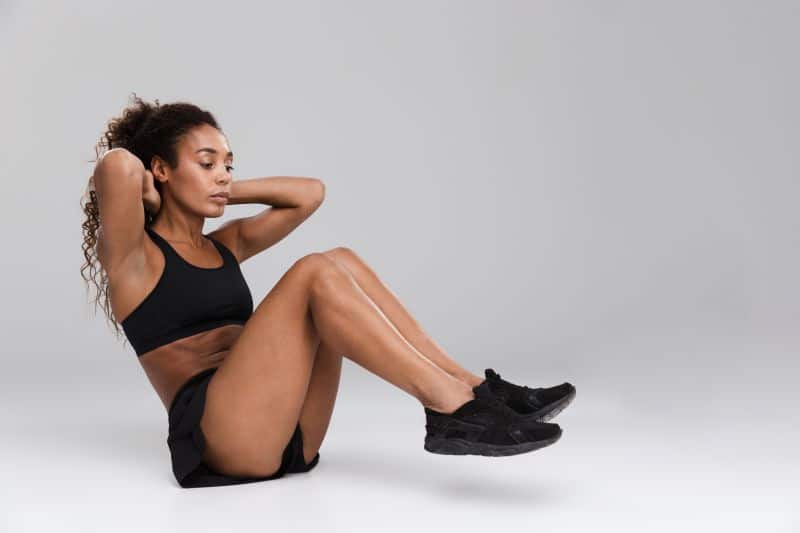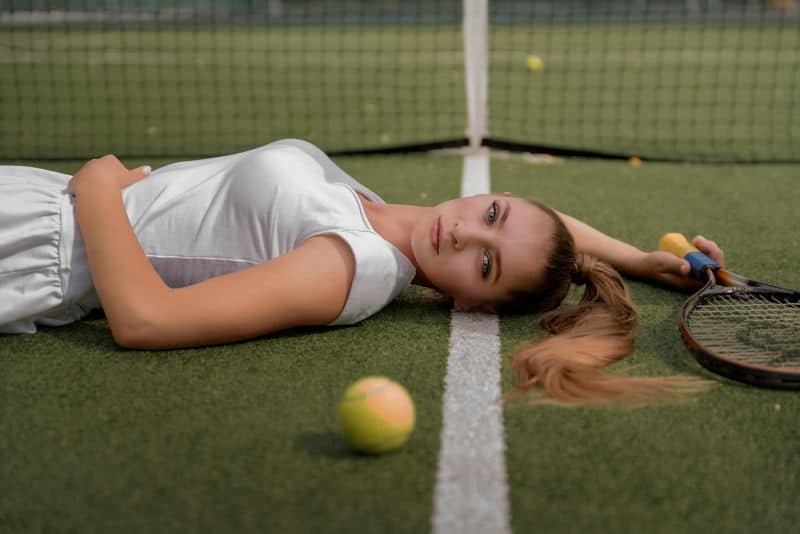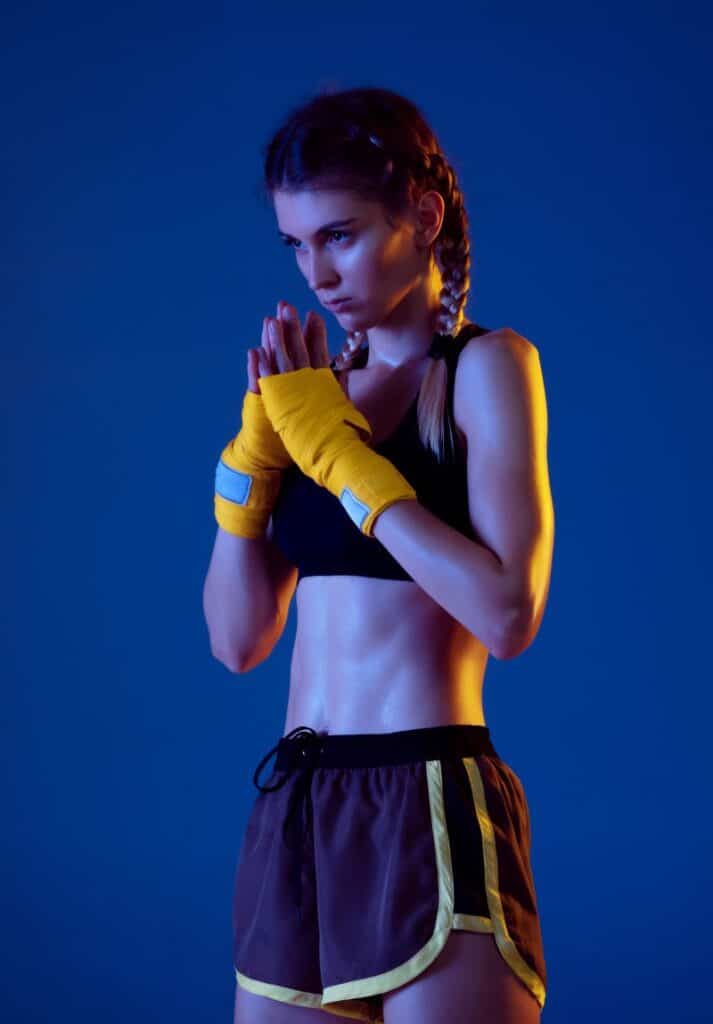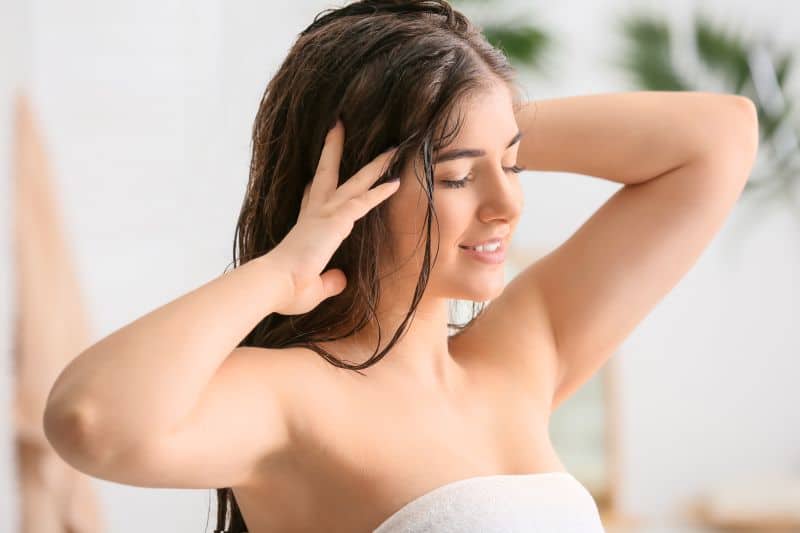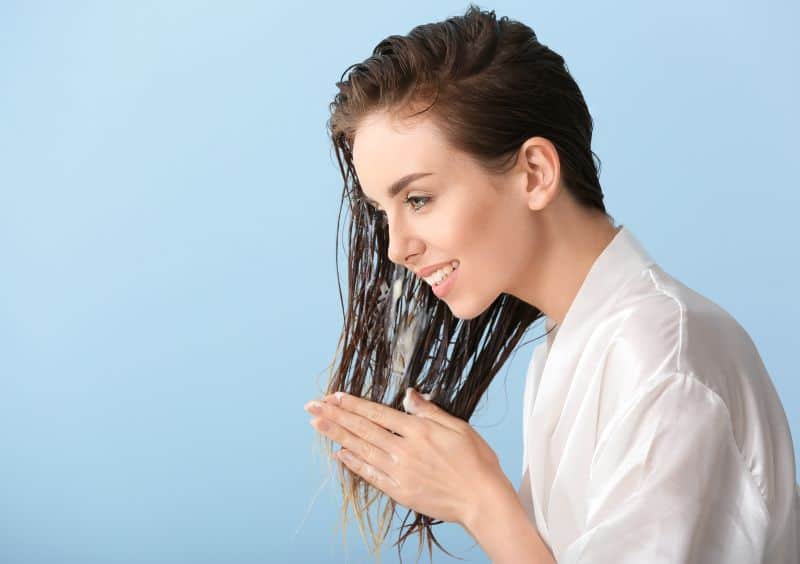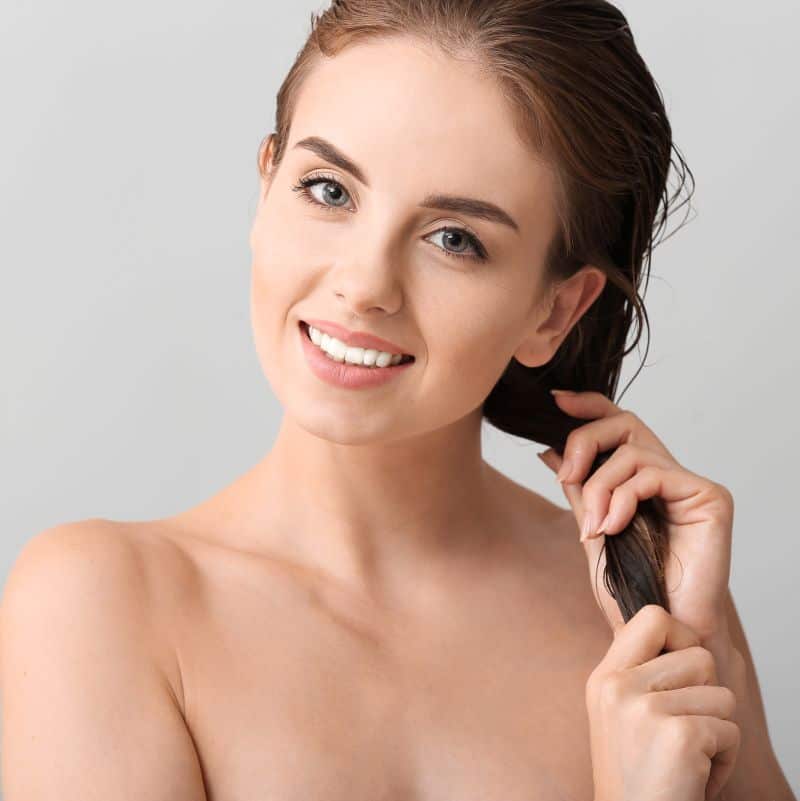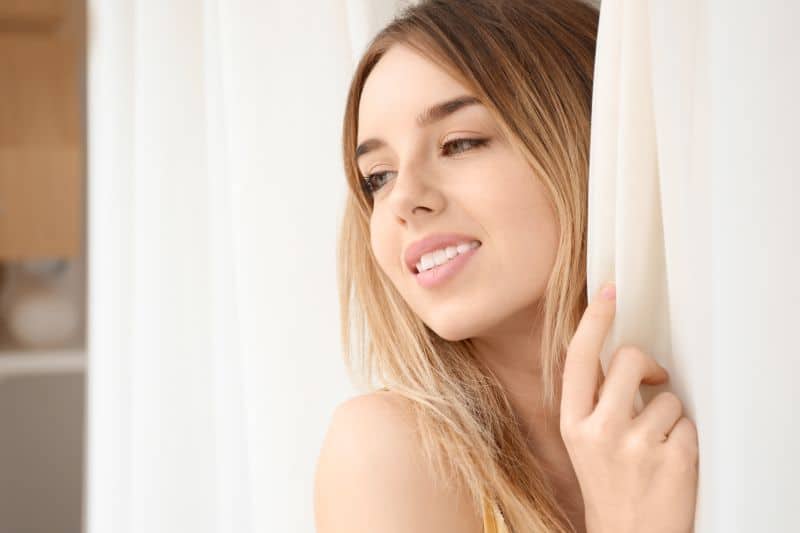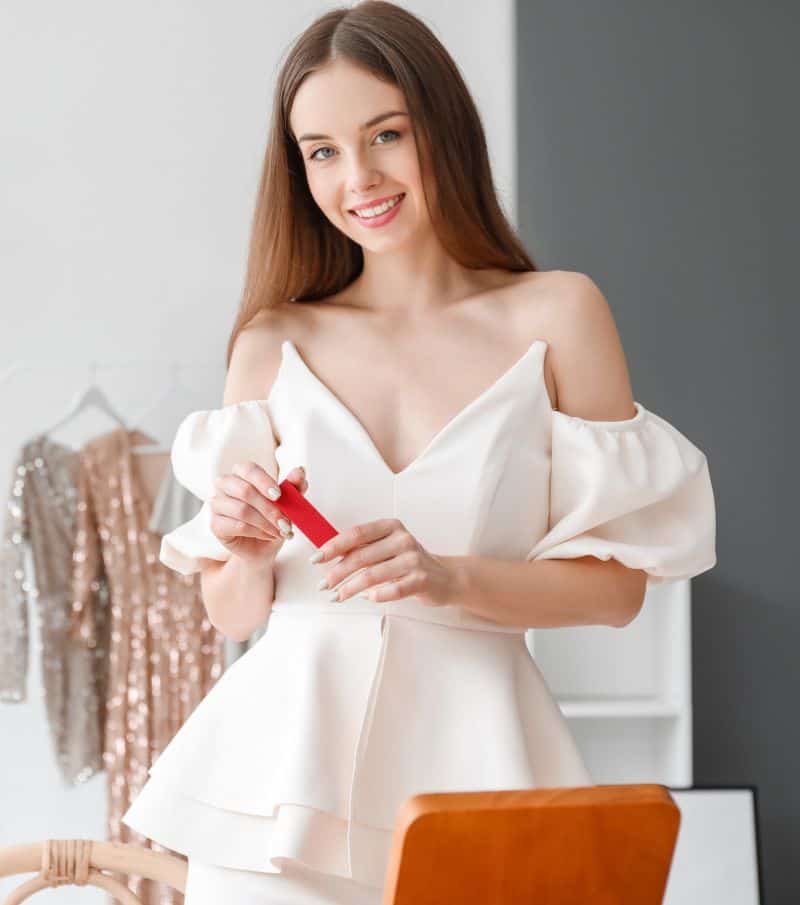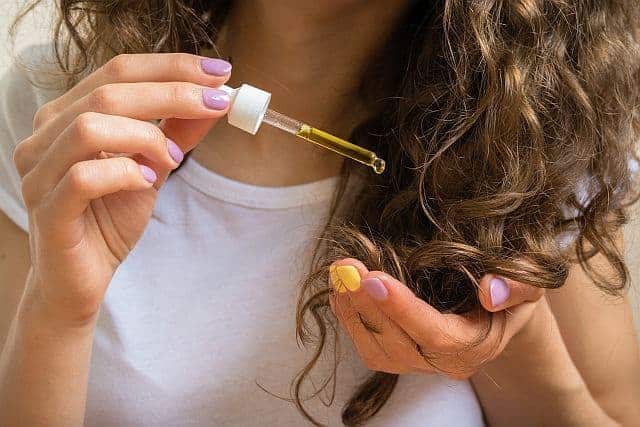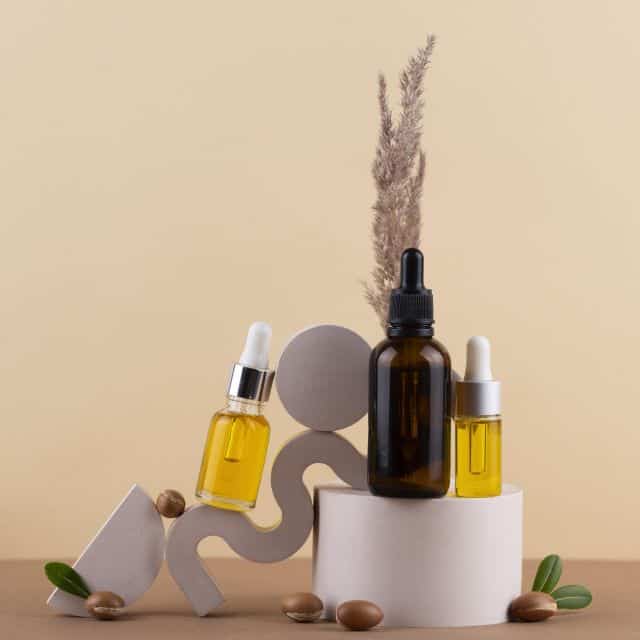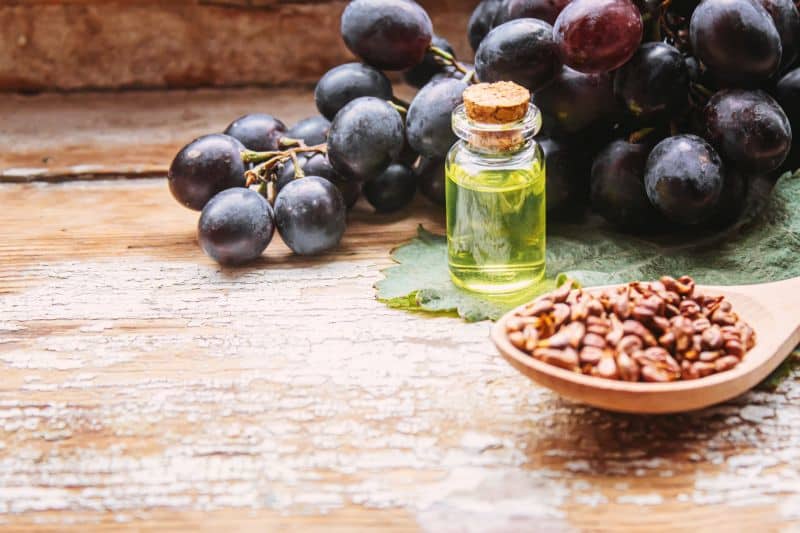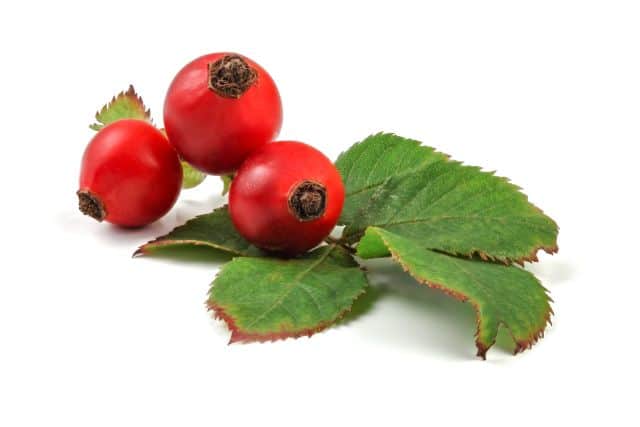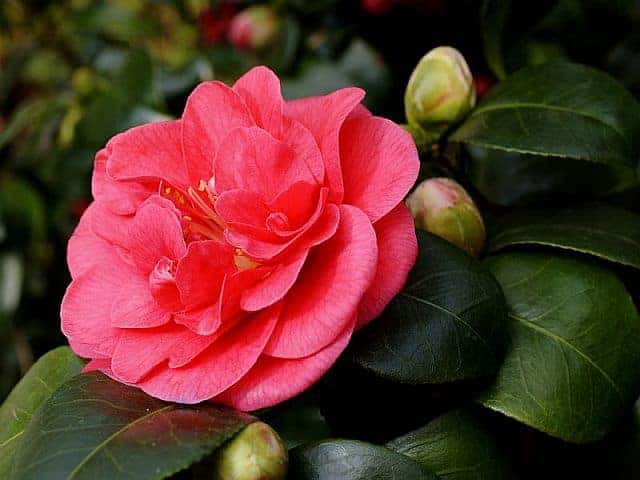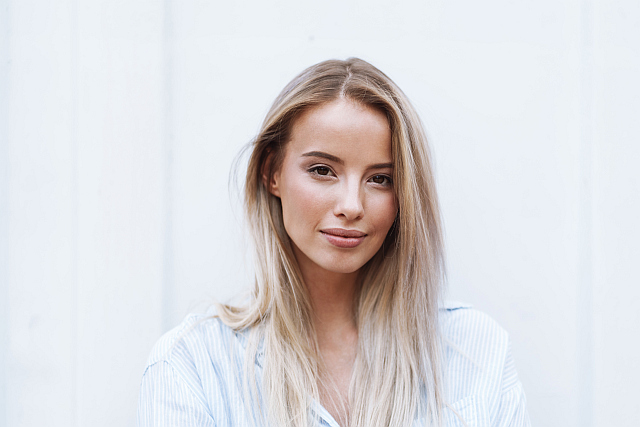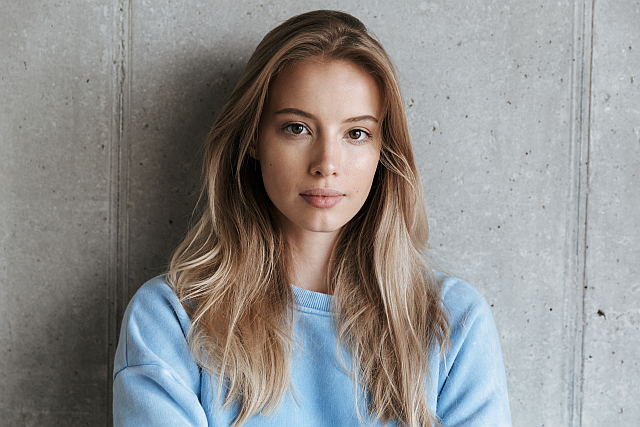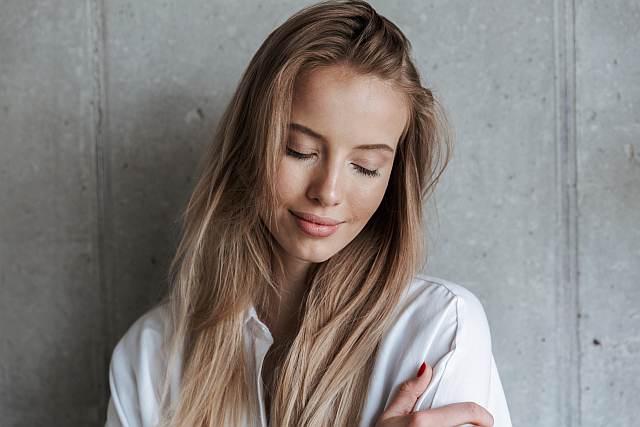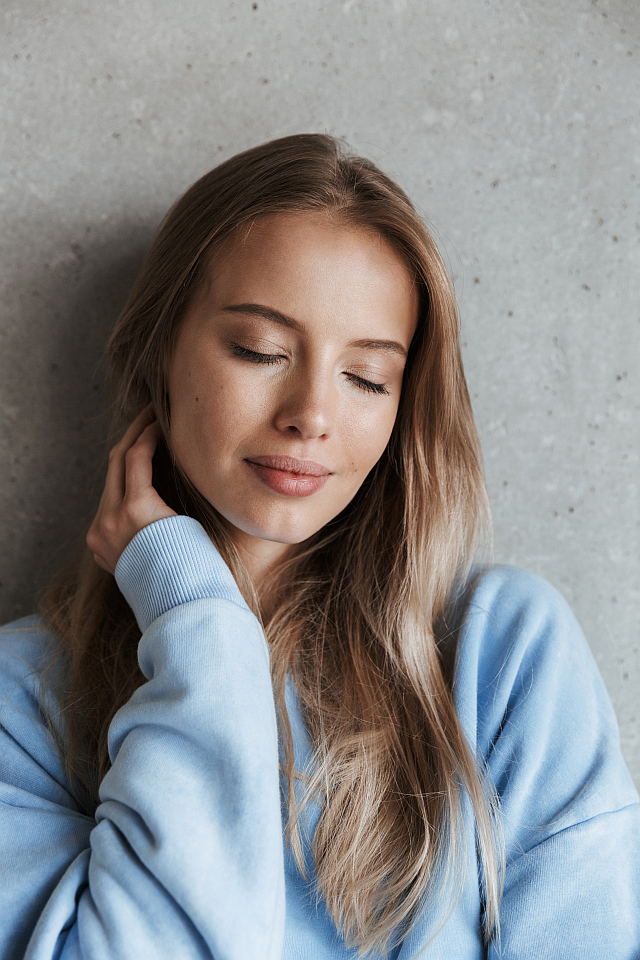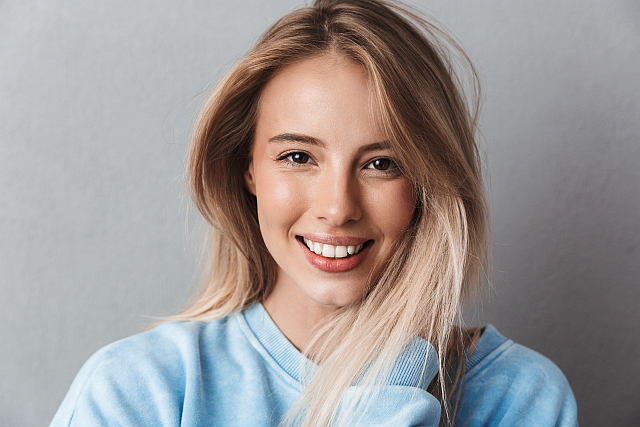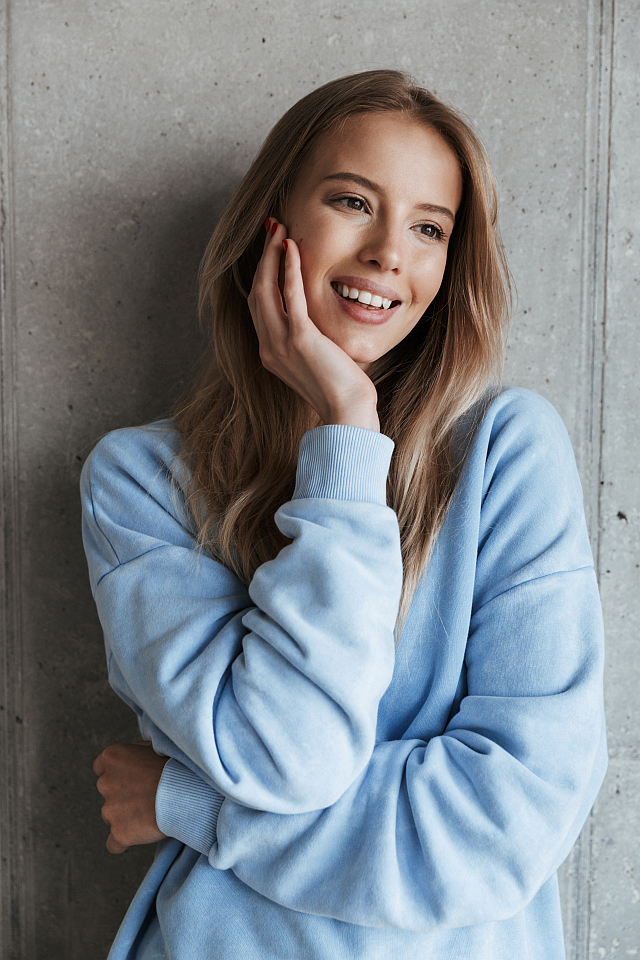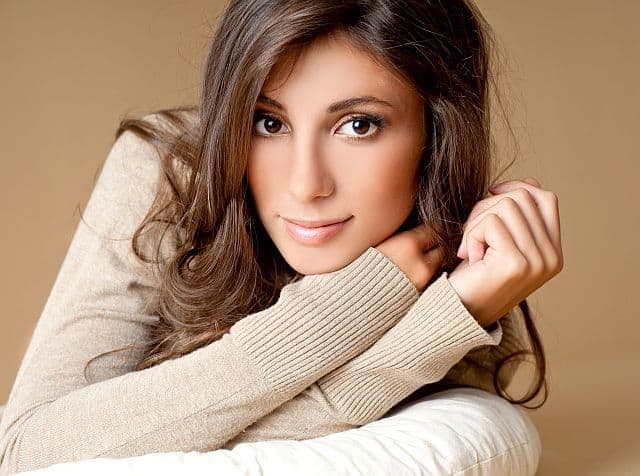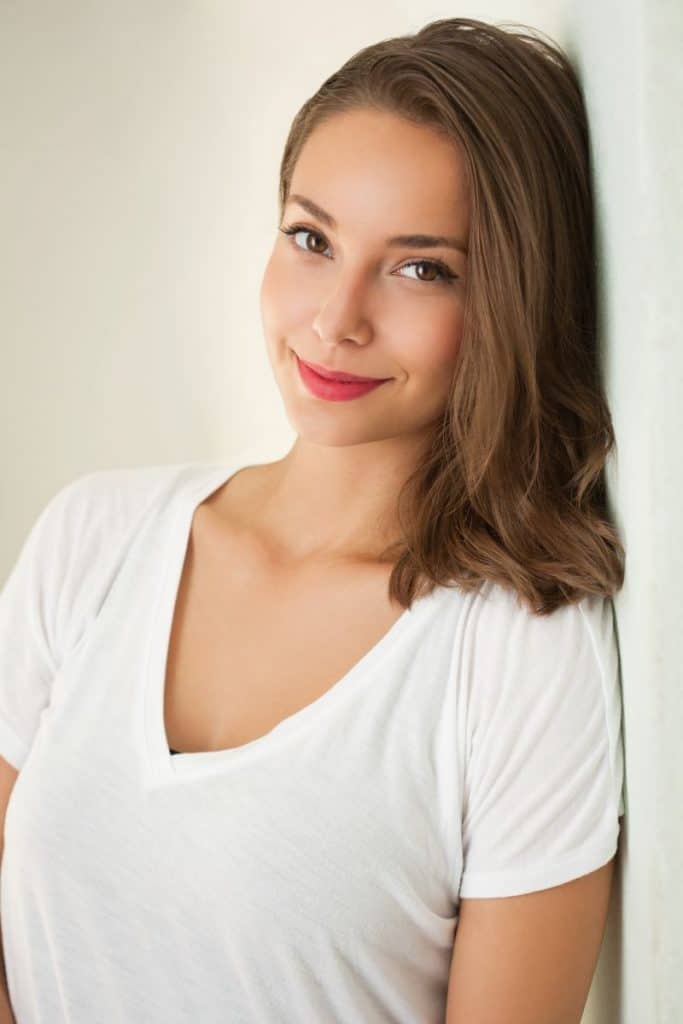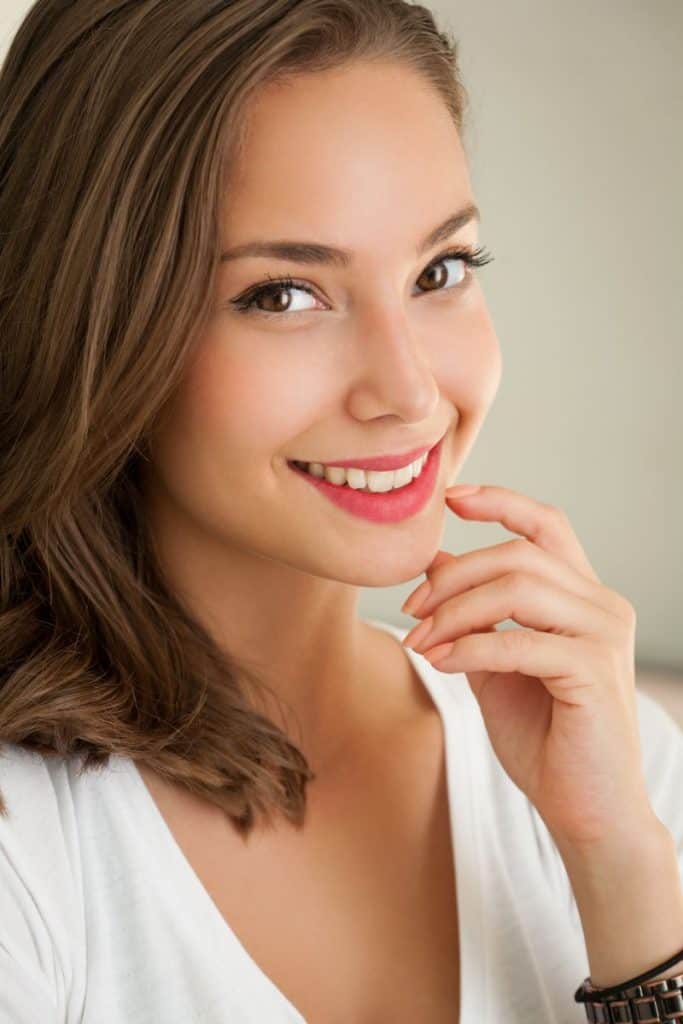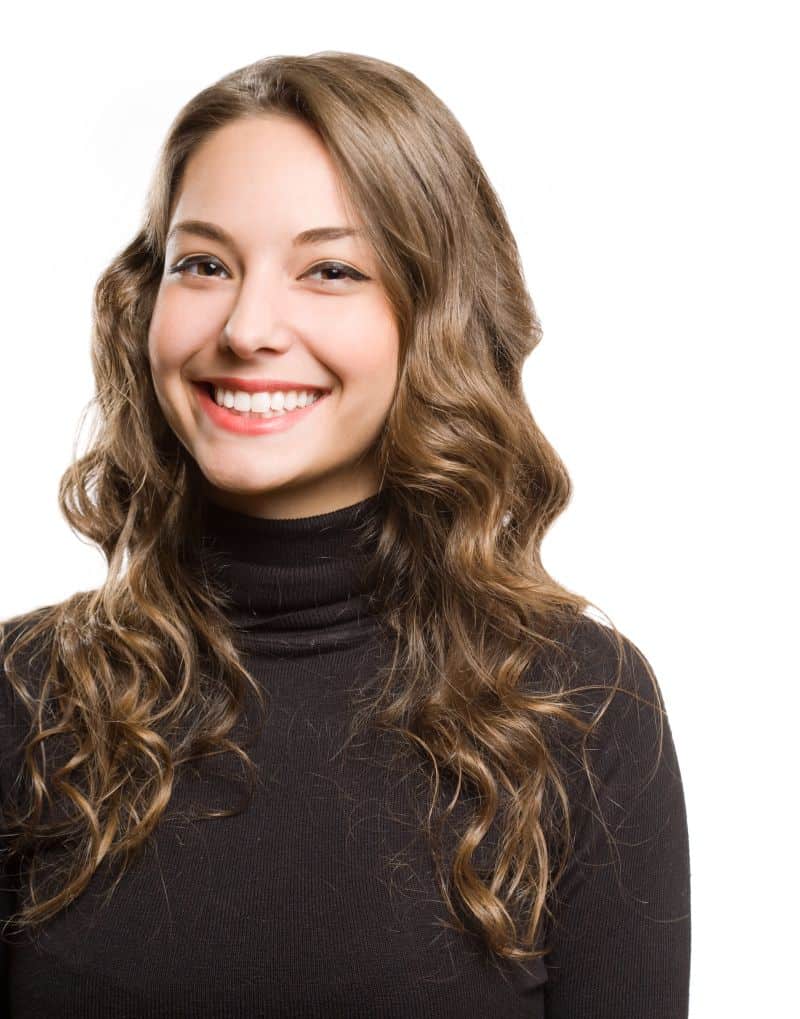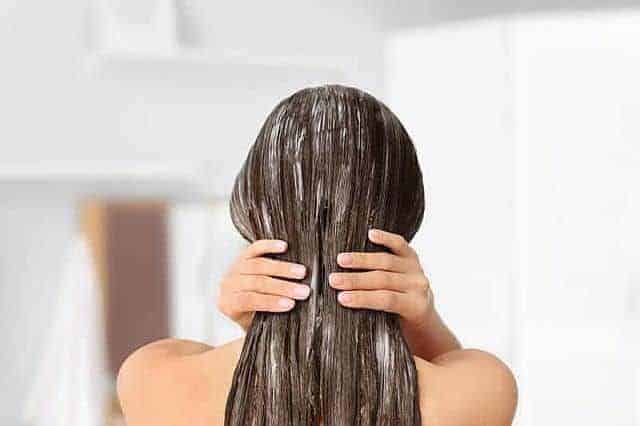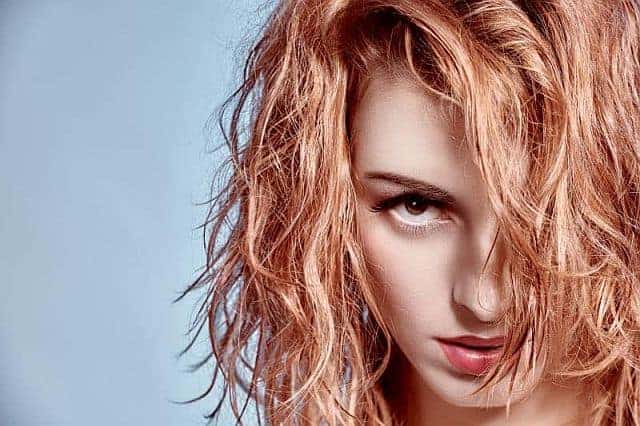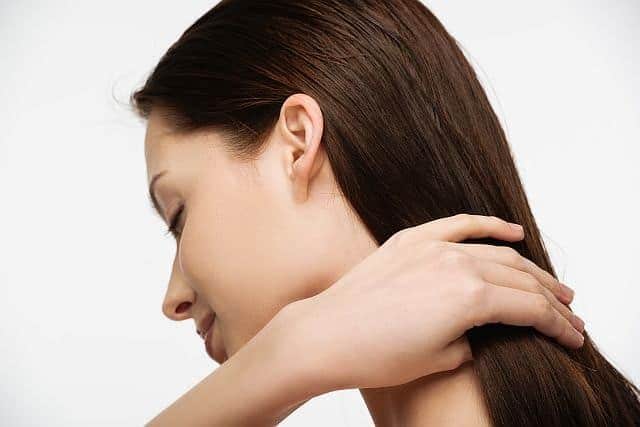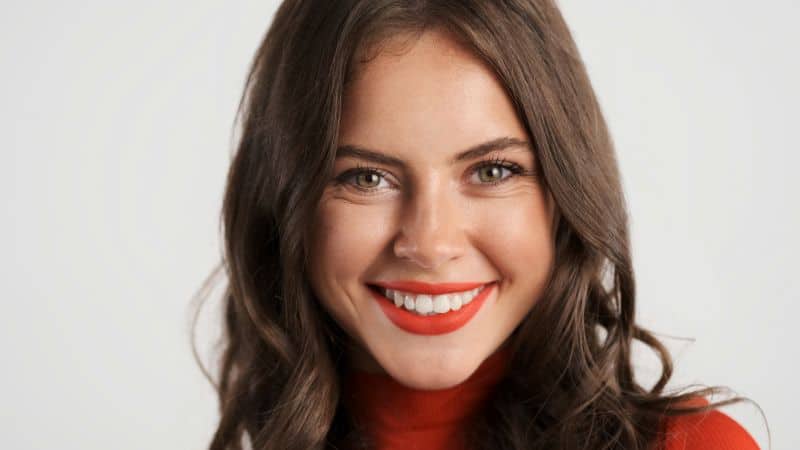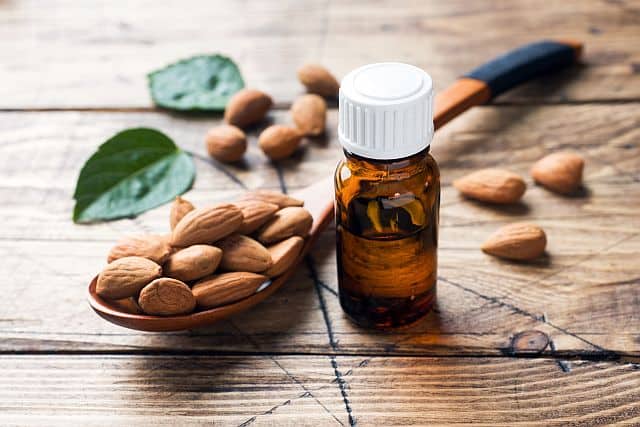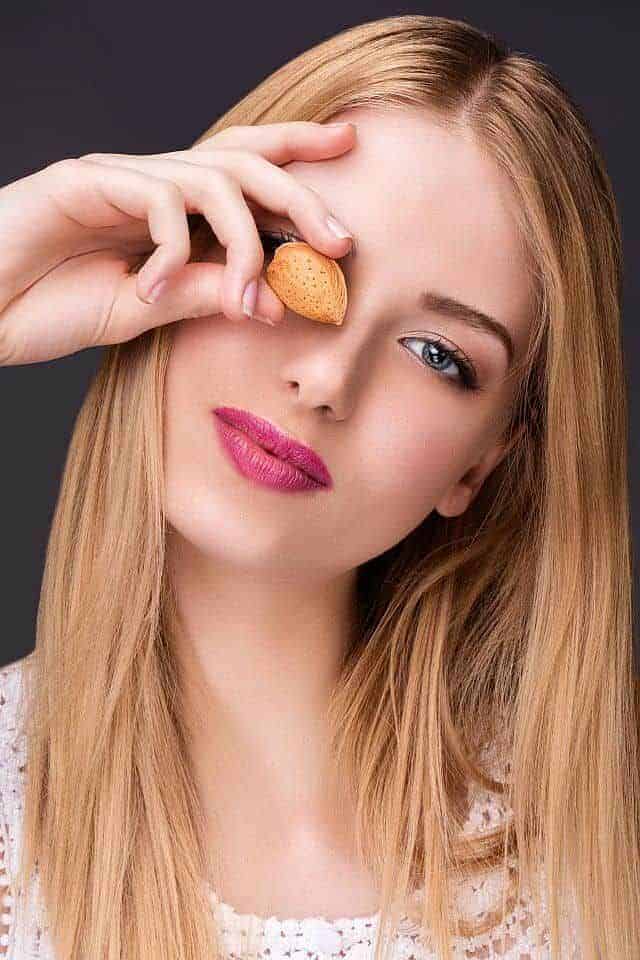Chances are you felt the struggle of taming frizz. Maybe you fought that dry, dead winter air. You know, the kind that leaves your hair feeling like hollow straw. And it’s such a trap, isn’t it? You put in all that effort to get your hair looking good, only to throw on a beanie to cover that hay up.
Or maybe you’ve finally completed a perfect blowout, your arms are sore but you’re happy. Then, within seconds of stepping out into the summer humidity, poof! Your hair plumps up like a birthday balloon.
The frustration with frizz is a real concern for anyone wanting to maintain a certain style throughout the day. Brides come to mind right away given their styles need to last through thick and thin weather conditions, and on that special day, it needs to be for better not for worse.
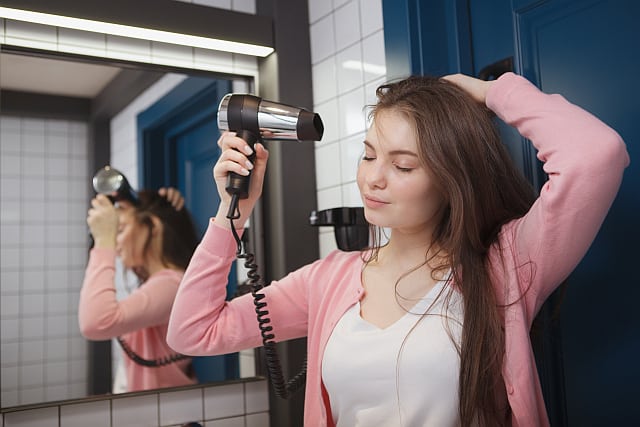
So what is one of the best ways to decrease frizz during styling? Starting with a solid foundation is the best place to begin. This means working with the right styling tool. Once you get this down, the rest follows including healthy, bouncy, shiny hair that lasts.
You might be wondering which tool can help fight frizz the most. It’s your blow dryer. If you want strong, healthy hair without spending hundreds on expensive side products, it’s time to throw out your old one or finally get the quality one your hair deserves.
What is Frizzy Hair and Why Do You Get It?
Frizzy hair is the result of a few different things. The most common culprit is dryness. Dry hair is the direct result of a lack of moisture which normally makes the hair supple, shiny, and even strong.
Your sebaceous glands are rooted in your scalp and produce a natural oil that acts as an elixir, coating your hair. Good natural oils, mean minimal frizz.
But as your body produces the oil it needs, there are natural and unnatural factors that strip your hair of these oils, causing dryness. A few of these factors include humid climate, harsh shampoos, hot water, bleaching, and permanent hair dyes (which lift the cuticle to deposit color molecules).
Frizz happens when you are over-styling with hot tools and not using a heat protectant EVERY time you heat style.
Finally, BAD BLOW DRYERS can be the main cause of frizzy hair.
The Best Hair Dryers to Reduce Frizz
So if you want to give yourself an advantage over dry, frizzy hair, it’s time to look at some blow dryer brands that blow the competition away. Here is a list of brands that come highly recommended for avoiding that brittle dryness that can result in frizz.
This post contains links to Amazon. The publisher may get paid if You purchase something through the links without additional costs to You.
1. Dyson Supersonic Blow Dryer
If you were enamored with their ads, you’ll be even more in love with the actual product. This blow dryer has come along to revolutionize the hair industry and how you experience your hair. The design has been modified in a few ways that impact dryness. The motor has been placed in the handle instead of the head, keeping the weight distribution balanced. So you have more control over how close you hold the nozzle to the actual hair.
Then there’s the force of its wind power which drives the drying process. Instead of using heat that can split the cuticle, it uses the force of the wind to get it dry. The technology is innovative and new and it makes this dryer stand out when it comes to decreasing frizz with its “ceramic core.”
2. SRI Salon Dry Pro Hair Dryer
What’s special about this dryer is its use of red-light therapy or Infrared technology. Essentially what this means is that by using this type of light, you can heat/dry the hair from the inside out vs. the outside in. Blasting the hair cuticle with a regular dryer means the heat/air hits from the outside and can hurt the cuticle, which is why infrared technology is so beneficial.
It also uses ionic technology which means you get small molecules that are attracted to the charges on water molecules. When they connect, they make the water evaporate, meaning the hair will dry faster and with less damage.
3. The BaBylissPro Nano Titanium Portofino Dryer
This tiny but mighty device will leave your hair frizz-free and shiny due to its ionic technology. It sports a powerful motor to increase the dry time without compromising the integrity of your hair. This brand is trusted by professionals at large for its ability to decrease frizz and make hair look beautiful.
4. The Dyson Airwrap
The allure of the Airwrap is its detachable components that allow you to create volumized, symmetrical, frizz-free curls without getting confused while looking in the mirror. How many times have you wanted to create gorgeous waves, only to find it impossible to achieve with a regular hair dryer and round brush? The mechanics are physically complicated with normal dryers so the Dyson Airwrap gives you an advantage for silky smooth curls.
5. The Olivia Garden Ceramic + Ion Hair Dryer
As the name implies, this hair dryer uses Ceramic and ionic technology to keep frizz at bay. The ceramic element helps to lock in moisture, so your hair stays supple. And the ionic part means the water molecules get evaporated more quickly.
The Types of Hair Dryers You Should Avoid
For those of us who have experienced the dreaded hotel room blow dryer, you know exactly what it means when a blow dryer is “bad.” Your hair is not only full of static or “fluffy” once the job is complete, but it feels dry for days after. Hotel blow dryers can be some of the worst out there to use. So be careful and make sure if the dryer in the hotel is not named brand, avoid using it.
So why does this happen? Typically, it’s because these incredibly cheap dryers do not use ionic, infrared, or ceramic technology. Instead, they use sheer heat that has an effect like sandpaper when it comes in contact with your cuticles.
You may have also noticed a faint burning smell when using a blow dryer that damages the hair. It could be related to an electrical issue, or it could be that it’s actually too hot on your hair. Either way, time to get a new dryer.
How to Protect Your Hair from Frizz and Dryness in the Blow-Drying Process
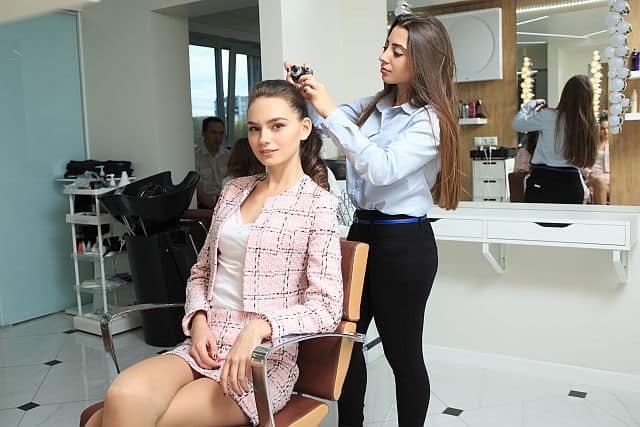
Naturally, blow-drying your hair with a quality tool has everything to do with the health of your hair. But to increase your chances of having a good hair day, both products and good techniques come into play.
1. Use a quality heat protectant
There are a few rules of thumb to keep in mind with your product usage. The first is to always use a cream-based or spray-on heat protectant to keep your frizz at ease.
What’s the difference between the two? Cream-based heat protectants are going to provide full-coverage protection during the blow-dry. It’s very similar to the way a full-coverage foundation works when you apply makeup vs. a partial one. For people with highlighted hair or very damaged hair, these work best. My all-time favorite cream-based heat protectant is the “Resistance” by Kerastase. It smells divine and truly makes a difference to your hair.
But for people with relatively healthy hair who want volume, a spray heat protectant might be better. Oribe sells one that refreshes and revitalizes hair. It’s lightweight with all-natural ingredients and smells so good, that you can double it as a body spray.
2. Use a lightweight hair oil
In partnership with your heat protectant, you’ll want to use an oil with fast absorption properties. The best one on the market is the Elixir Ultime by Kerastase. This oil can be used on dry or wet hair and coats the cuticles without creating excess oil. If you’ve never used a heat protectant and oil together just before you blow-dry, get ready for a life-changing experience.
3. Use anti-frizz styling products
One more unique product that can help with frizz is the Impermeable Anti-humidity Spray by Oribe. There’s no other product like it on the market. It’s a de-frizzing agent that lasts for hours in your hair even while you face the outdoor elements. It’s one purpose? Simply defrizzes your locks and creates a barrier so that more humidity can’t enter.
4. Get a keratin treatment
Another great tip for faster blow-dry time and a decrease in frizz is to get regular Express Keratins by Keratin Complex. They are amazing at replenishing depleted keratin from the root to the tip of every single hair strand. It creates this weighted, plumped-up hair that responds better to the blow-drying process and leaves your strands frizz-free.
Step-by-Step DIY Blow Drying Techniques
There are many ways to go about blow-drying your hair, but which one is most effective in decreasing frizz? Remember, no matter how good your technique is, if your blow dryer is low quality, it will damage your hair. That’s the first thing to get right in these steps. Next is your methodology.
Follow these 2 methods for blow-drying to decrease frizz and increase volume, bounce, and shine.
1. The Victoria’s Secret Blowout: Advanced Blow-drying technique
You’ll need Velcro rollers, a quality blow dryer, moisturizing products, clips for parting the hair, a 1 and ¼’ curling iron, and a 2” round brush.
This method gives you ultimate volume, gorgeous beach waves, and absolutely no frizz.
- The first step is to apply a heat protectant, a very small amount of oil, and some volumizing mousse by Kerastase while your hair is damp. Then flip your head over and place the nozzle of your dryer near the roots. Allow the dryer to move over the entire head so the heat is distributed evenly.
- Stop after a few minutes or the roots feel dry, then flip your head upright again. Take your comb and part a 2” mohawk section along the top of your head. Part out the left and right sides of the head.
- Take a round brush and grab a small section at the front of your forehead where your bangs would be. The section should be about the width of your round brush or slightly smaller. Begin by placing the round brush at the base of your scalp behind the first section of hair with the blow dryer pushing the air at the root in the front. Move the brush and the dryer together up the length of the hair.
- Then detach the brush and move it back down to the base of the hair and repeat this movement until the section is dried.
- When the section is dry, quickly take your large Velcro roller, and starting from the ends of the hair, roll your section down to the root. Continue this along the length of the mohawk section then move to the sides of the head. For the back of the hair, simply blow dry with the round brush, no need to set it with rollers.
- Once you’ve set all rollers, let your hair cool off for 10-15 minutes or until it’s cool to the touch, then remove the rollers.
- Apply a cream heat protectant and wave your hair with your favorite curling iron.
- Finish with Oribe’s Impermeable Anti-humidity spray.
2. The Quick Wave Blowout Method
You’ll need a quality blow dryer, a paddle brush, moisturizing products, and a 1-2” barrel curling iron.
- Begin by prepping your hair with the right products according to their directions. Use a quality heat protectant, a small amount of Elixir Ultime Oil, and a volumizing agent (either a mousse or a root lift spray).
- Flip your head upside down and tousle it dry. Begin from the roots and use your fingers to gently stretch the hair upwards while directing the blow dryer’s heat and wind power to the area in your fingers. Do this all over your scalp.
- Next, flip back up and take your paddle brush, and gently stroke a section of hair from root to tip as your direct the air over it. Do this motion until all parts of the hair are dry.
- Then apply more heat protectant and curl your hair with your favorite curling iron using the twist and pull method, so you get an incredibly beachy effect.
